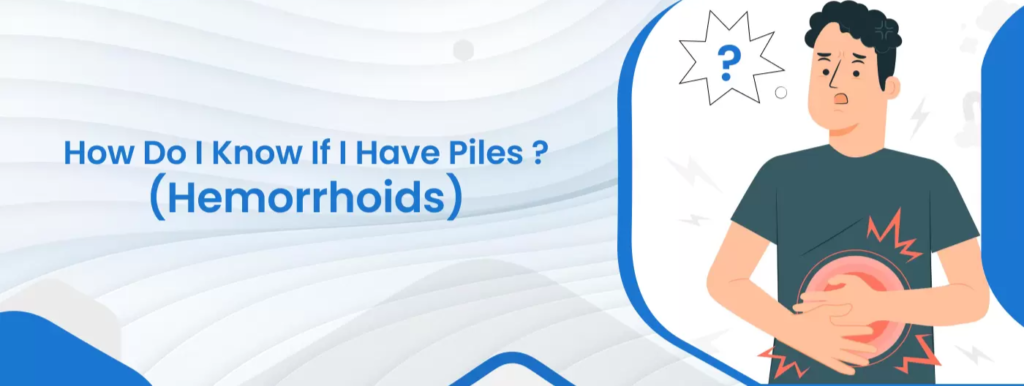
How Do I Know if I Have Piles (Hemorrhoids)?
What are piles (hemorrhoids)?
A hemorrhoid is a swollen vein in the anus and lower rectum, also known as a pile. Symptoms of hemorrhoids are similar to those of varicose veins. Internal hemorrhoids are hemorrhoids that develop inside the rectum. In addition, they can also develop under the skin around the anus, which are known as external hemorrhoids.
Symptoms of piles (hemorrhoids).
Hemorrhoids usually have different symptoms depending on the type of hemorrhoids. If you know how to tell whether you have piles, please let us know
1. Internal hemorrhoids
Hemorrhoids inside the rectum are called internal hemorrhoids. It is rare for them to cause discomfort, and you can’t see or feel them. If you strain or get irritated while passing stool, you can experience:
- During bowel movements, there is no pain. On your toilet tissue or in the toilet, you may notice small amounts of bright red blood.
- Whenever a hemorrhoid pushes through the anal opening, it is called a prolapsed hemorrhoid. There may be pain and irritation as a result.
2. External hemorrhoids
The anus has these under the skin. Symptoms might include:
- Anal irritation or itching.
- An uncomfortable feeling.
- The anus is swollen.
- It is bleeding.
3. Thrombosed hemorrhoids
It is possible for blood to pool in an external hemorrhoid and form a clot called a thrombus. When a hemorrhoid thromboses, it can cause:
- Painful.
- There is swelling.
- An inflammation.
- Nausea is accompanied by a thick, discolored lump.
Types of piles (hemorrhoids).
There are two types of piles: internal and external. A pile that develops inside the anus does not appear on the skin around it, while a pile that develops outside the anus does not show up on the skin around it. There are four grades of internal piles, I to IV.
- Grade I: The pile is completely internal—it doesn’t extend out of the anus. You can’t see or feel it on the skin.
- Grade II: The pile is internal but can extend outside of the anus while straining or passing a stool. After passing a stool, the pile goes back inside by itself.
- Grade III: Like grade II, this type of pile extends outside the anus while straining but won’t go back inside on its own — you must push it back in.
- Grade IV: The pile extends outside the anus and cannot be pushed back in. See a doctor immediately if you think you have this type.
Causes of piles (hemorrhoids).
Causes
What causes hemorrhoids?
Pressure building up in your lower rectum can affect blood flow and swell veins. That may happen because of:
- Pushing when you poop
- It’s when you do something physically difficult, like lifting something heavy
- Extra weight, like obesity
- Pregnancy, when your growing uterus presses on your veins
- A fiber-poor diet
- Anal sex
You may get hemorrhoids when you have constipation or diarrhea that doesn’t clear up. Coughing, sneezing, and vomiting could worsen them.
Treatment and medication
Symptoms usually go away on their own. Your doctor’s treatment plan depends on how serious your symptoms are. Most hemorrhoid treatments and home remedies are safe for pregnant women. Dr. Hemant Garg provides the best fissure treatment and fistula treatment in Jaipur. In addition to Fissure Surgery and Fistula Surgery, he is also the Best Piles Doctor in Jaipur.